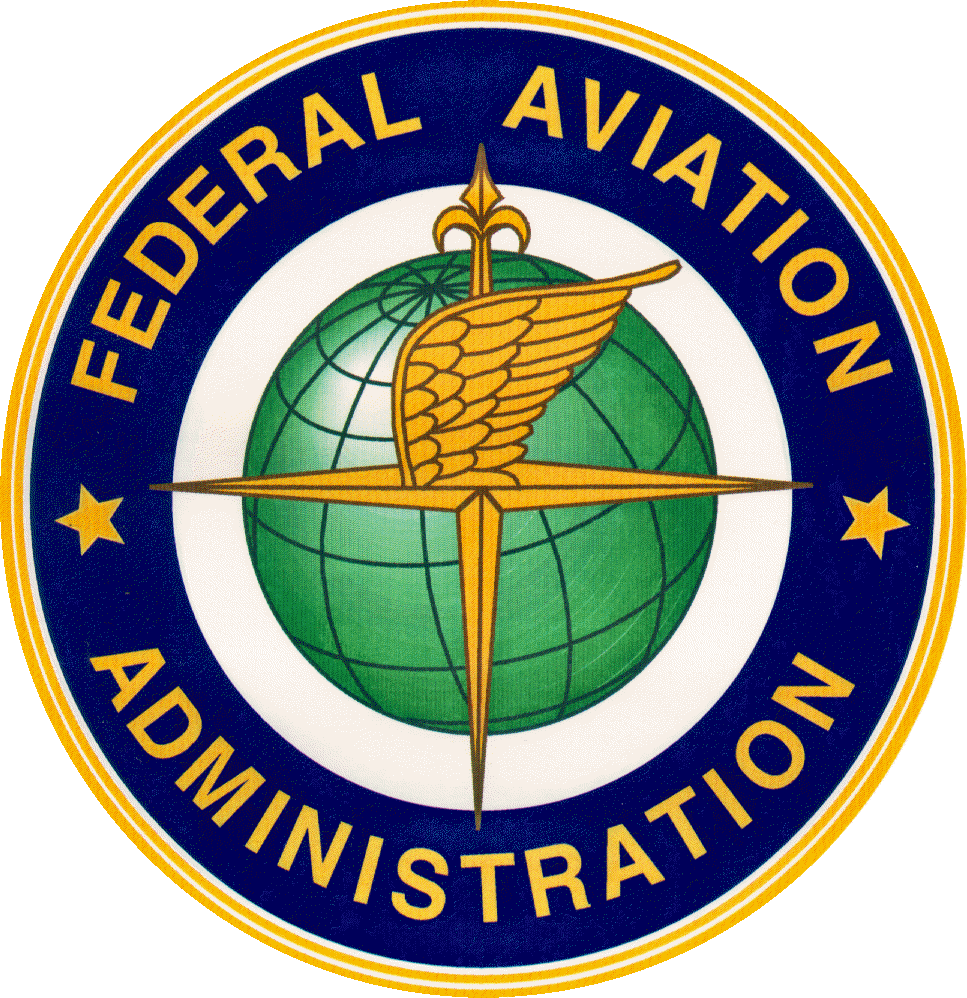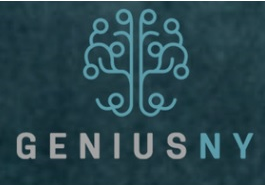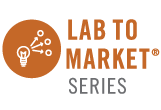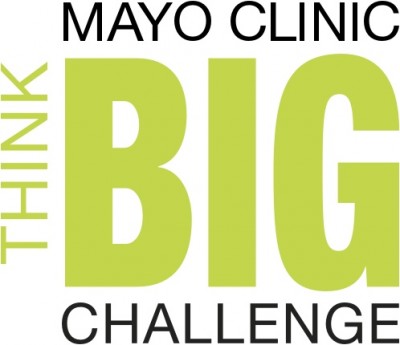|
If you are having trouble viewing this email, view online
|


|
|

|
|
|
|
The Innovation Review is the New York State Science & Technology Law Center's monthly newsletter, bringing information on a variety of economic, business, and technology related legal news as well as highlighting and profiling resources and events across the state.
|
|
|
|
|
|
|
|
|

|
Supreme Court Rules in Cuozzo Speed Technologies v. Lee
On June 20th, the Supreme Court unanimously affirmed the Federal Circuit’s decision that upheld two aspects of inter partes review (IPR) proceedings at the US Patent and Trademark Office (PTO). IPRs allow a third party challenger to ask the PTO to reexamine the claims of a patent, alleging that prior patents or publications existed that render the claims invalid. The Supreme Court agreed that the PTO’s decisions about whether to grant proceedings are not appealable, upholding the clear “final and non-appealable” language of the America Invents Act. The Supreme Court also upheld the standard used by the PTO when reviewing patent claims, specifically, the broadest-reasonable-interpretation standard, rather than the alternative “ordinary meaning . . . as understood by a person of skill in the art,” standard used by courts. The PTO has published statistics about IPRs on its website.
|
|

|
Supreme Court Rules on Enhanced Damages
The Supreme Court ruled on June 13th in Halo Electronics, Inc. v. Pulse Electronics, Inc. (consolidated with Stryker Corp. v. Zimmer, Inc.). The issue at hand was Section 284 of the Patent Act, which states that trial courts “may” award treble damages for infringement. The Federal Circuit constructed a doctrinal framework, the Seagate test, which requires infringement behavior that is both “objectively” reckless and subjectively intentional to permit enhanced damages. This allowed defendants to avoid enhanced damages as long as they could identify a substantial legal defense for their infringement by the time of trial. SCOTUS rejected this framework, finding it “unduly rigid” and holding that a trial court can award treble damages at its discretion if the conduct of the defendant is “egregious.”
|
|

|
Supreme Court Agrees to Hear Case on Patent Law Overseas Reach
The U.S. Supreme Court agreed on June 27th to review a Federal Circuit ruling pertaining to infringement under a statute ( 35 U.S.C. § 271(f)(1)) that states supplying “a substantial portion of the components” of a patented invention from the U.S. is an act of infringement. The case, Life Technologies Corp. v. Promega Corp., involves a U.S. company (Life Technologies Corp.) which supplied an enzyme to a company in the U.K. that used it to manufacture allegedly infringing DNA test kits that were sold worldwide. Patent owner, Promega Corp., won a $52 million verdict when the Federal Circuit held that it was an act of infringement to supply the single commodity component because it was a sufficiently important part of the invention. The question SCOTUS will be deciding is what exactly the statute means by “substantial portion.” For more background on the case read this article by one of our research associates.
|
|

|
FAA Releases Final Rules on Commercial Drone Use
On June 21st, the Federal Aviation Administration (FAA) finalized the operational rules for commercial use of small unmanned aircraft systems (UAS), also known as drones. The rules will go into effect in August and consist of safety regulations for UAS that are under 55 pounds and used for non-hobbyist operations. Some of the regulations include UAS pilot requirements, restrictions on altitude and speed, and requirements for air traffic control permission based on airspace classification. The entire list of rules is available on the FAA’s website.
|
|

|
USPTO Launches Post-Prosecution Pilot (P3) Program
After a patent applicant receives a final office action from the examiner, the applicant is limited in the actions it can take to continue attempting to get a patent. The applicant can generally either: file a Request for Continued Examination (RCE), which continues prosecution of the application; file a Notice of Appeal, which allows the applicant to argue against the examiner's rejections before the Patent Trial and Appeal Board; or the applicant can simply allow the application to go abandoned.
The USPTO has started a new program, the Post-Prosecution Pilot (P3) program, to test its impact on enhancing patent practice during the interim period between final rejection and the filing of a Notice of Appeal. Through this process, the applicant will be able to make an oral presentation before a panel of examiners, presenting what it would argue before the Patent Trial and Appeal Board. After the applicant makes its argument, the examiners will deliberate and later inform the applicant that the application has been allowed, the final rejection has been upheld, or that the applicant is able to reopen prosecution and continue amending its application. This goal of this program is to provide applicants the opportunity to present arguments before a panel and receive a written final decision on patentability before undergoing the more time-consuming appeal process before the Patent Trial and Appeal Board.
|
|
|
|

|
Manufacturing Extension Partnership Designates New MEP Center at Mohawk Valley Community College
The Advanced Institute for Manufacturing (AIM) at Mohawk Valley Community College has been designated as a new Manufacturing Extension Partnership (MEP) center. The Manufacturing Extension Partnership is a program within the National Institute of Standards and Technology that is designed to create value for manufacturers, especially small and mid-sized enterprises through public/private partnerships. The AIM MEP will provide a number of services including business and technical development, manufacturing training and instruction, and certification-related services to manufacturers throughout Oneida, Herkimer, Fulton, Montgomery, Schoharie, and Otsego counties. FuzeHub, a statewide MEP center and manufacturing resource, has additional information about the new AIM MEP center on their blog.
|
|
|
|

|
GENIUS NY Business Competition
Applications are currently being accepted until September 16th, 2016 for a new in-residence business competition accelerator at the Tech Garden in Central New York. GENIUS NY is offering three grand prizes of up to $1 million, $600,000, and $400,000 as well as company stipends, housing, resources and programming. To be eligible to participate business proposals must relate to Unmanned Systems or Data to Decisions Applications and businesses must commit to living full time in Central New York for the acceleration period. For more information or to apply visit the GENIUS NY website.
|
|

|
Lab to Market Webcast: Recent IP Supreme Court Decisions
Professor Shubha Ghosh, Director of the Technology Commercialization Law Program at Syracuse University College of Law, will be presenting a webcast on recent Supreme Court decisions relating to intellectual property law. The webcast will be held on August 25th at 1pm (EST) and is free of charge but registration is required. Visit our webcast webpage for more information.
|
|

|
2016 Mayo Clinic Think Big Challenge
The Mayo Clinic Center for Innovation and Mayo Clinic Ventures are hosting a competition, the 2016 Mayo Clinic Think Big Challenge, which will give one business or entrepreneur the opportunity to license Mayo Clinic technology and win $50,000. The competition is open to all legal residents of the United States and applications are accepted through August 15th, 2016. Applicants will create and pitch a strategy to commercialize one of four different technologies. For more information on the competition or to apply visit the 2016 Mayo Clinic Think Big Challenge website.
|
|

|
New York Broadband Investment Program
A new New York Broadband Program is making five hundred million dollars available in grants to applicants agreeing to make co-investments in the expansion of broadband access to unserved and underserved areas throughout the state.
|
|
|
If you no longer wish to receive email communications such as this from the New York State Science & Technology Law Center, unsubscribe here.
310 Dineen Hall • Syracuse, NY 13244 • nysstlc@law.syr.edu • nysstlc.syr.edu
|
|
